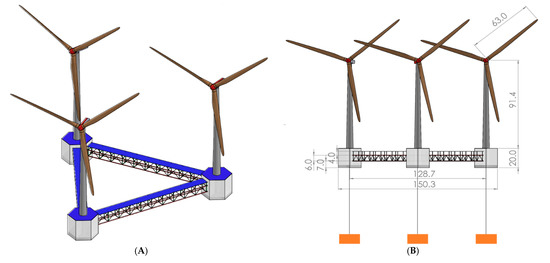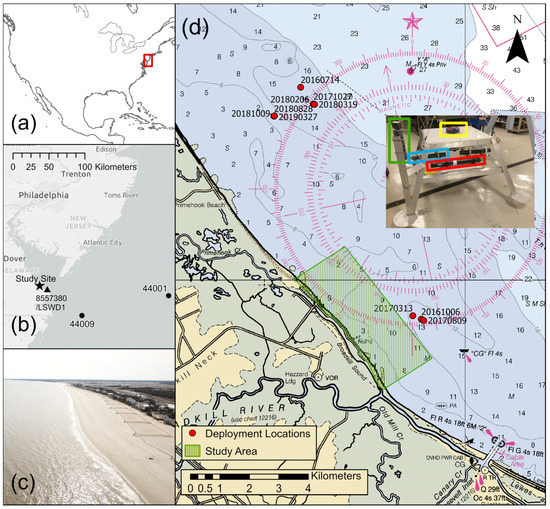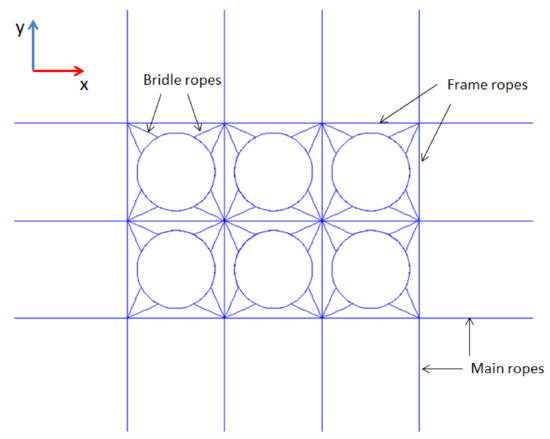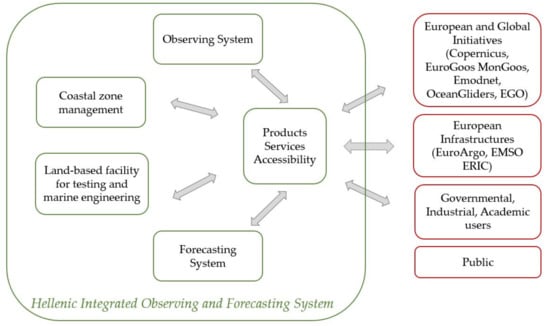J. Mar. Sci. Eng. 2022, 10(3), 342; https://doi.org/10.3390/jmse10030342 - 1 Mar 2022
Cited by 30 | Viewed by 3779
Abstract
A hybrid-clustering model is presented for the probabilistic characterization of ship traffic and anomaly detection. A hybrid clustering model was proposed to increase the efficiency of trajectory clustering in the port area and analyze the maritime traffic patterns in port. The model identified
[...] Read more.
A hybrid-clustering model is presented for the probabilistic characterization of ship traffic and anomaly detection. A hybrid clustering model was proposed to increase the efficiency of trajectory clustering in the port area and analyze the maritime traffic patterns in port. The model identified dissimilarities between trajectories based on characteristics, using K-Means and the density-based spatial clustering of applications with noise algorithm (DBSCAN). Firstly, the ship’s trajectory characteristics are constructed based on real ship trajectories considering static characteristics and dynamic characteristics of ship trajectories to calculate the characteristic dissimilarity between trajectories. Simultaneously, the spatial dissimilarity could be quantified using the Hausdorff algorithm. Then, the ship trajectory is clustered initially based on the departure and destination characteristics using K-Means algorithms to obtain various sub-trajectories. However, there are still different types of trajectories in each sub-trajectory. Thus, the DBSCAN algorithm is adopted to cluster the sub-trajectory based on the analysis of the different trajectory characteristics. Finally, the proposed model is applied to the characterization of the Zhanjiang Port, and the results show that the hybrid-clustering method can effectively cluster ship trajectory and present probabilistic characterization of ship traffic and anomaly detection. This lays a solid theoretical foundation for the supervision and risk control of intelligent ships.
Full article
(This article belongs to the Section Ocean Engineering)
►
Show Figures












